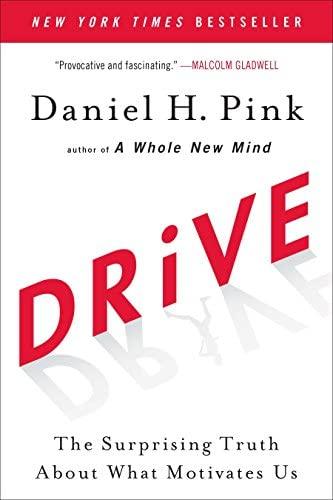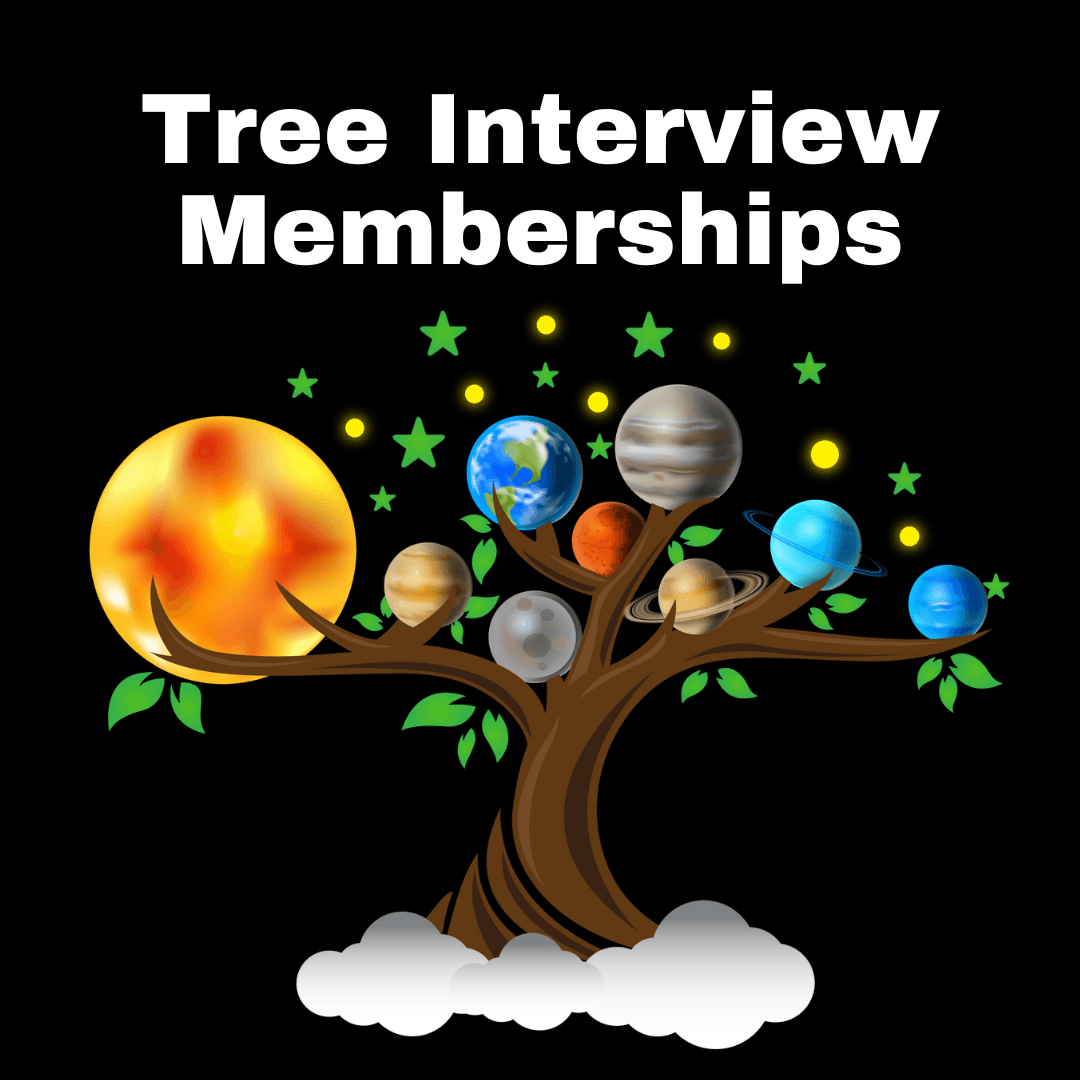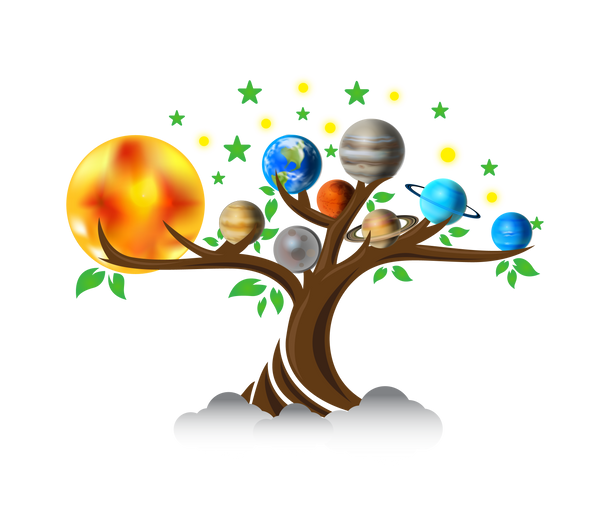Drive by Daniel Pink
Share with Friends

"Drive" by Daniel Pink is a book that explores the science of motivation and provides insights into what truly drives people to be their best. The book is organized around the idea that traditional motivators, such as rewards and punishments, are not as effective as many people believe, and that true motivation comes from a sense of autonomy, mastery, and purpose.
-
"The Surprising Truth About What Motivates Us": Pink introduces the idea that traditional motivators, such as rewards and punishments, are not as effective as many people believe, and that true motivation comes from a sense of autonomy, mastery, and purpose. He explores the latest research on motivation and provides insights into what truly drives people to be their best. He covers the limitations of traditional motivators such as rewards and punishment, and how they can actually reduce motivation and creativity. He also presents the concept of intrinsic motivation and how it is driven by autonomy, mastery and purpose.
-
"Autonomy: The Secret to Unlocking Our Potential": Pink explores the concept of autonomy and how it relates to motivation. He argues that people are more motivated when they have control over their own lives and work, and that true autonomy goes beyond simply giving people more freedom, but also providing the necessary resources, support and trust. He covers the different aspects of autonomy such as time, technique, team, and task and how they contribute to a sense of autonomy. He also provides examples of how organizations can foster autonomy, and the benefits it brings to motivation, creativity and productivity.
-
"Mastery: The Drive to Get Better and Better": Pink explores the concept of mastery and how it relates to motivation. He argues that people are more motivated when they are working towards a goal that is challenging and meaningful, and that mastery is something that can be achieved through deliberate practice and perseverance. He covers the concept of flow, how to achieve it and how it relates to mastery. He also provides examples of how organizations can foster mastery, and the benefits it brings to motivation, creativity and productivity.
-
"Purpose: The Yearning for a Cause Greater than Ourselves": Pink explores the concept of purpose and how it relates to motivation. He argues that people are more motivated when their work is connected to something greater than the mselves, and that organizations that help employees find a sense of purpose in their work tend to be more successful. He covers the concept of ikigai, how to find it and how it relates to purpose. He also provides examples of how organizations can foster purpose, and the benefits it brings to motivation, creativity and productivity.
-
"Putting it into practice": Pink provides practical advice for putting the ideas from the book into practice. He covers how to create an environment that fosters autonomy, mastery, and purpose, how to use these concepts to motivate employees and teams, and how to measure and track progress. He also provides examples of how organizations have successfully implemented these ideas in the real world.
Overall, "Drive" provides a comprehensive understanding of the science of motivation and provides valuable insights into what truly drives people to be their best. Pink presents the ideas in an easy to understand manner and provides practical advice for putting these ideas into practice. He also covers how organizations can foster autonomy, mastery, and purpose, and the benefits they bring to motivation, creativity, and productivity.



























































